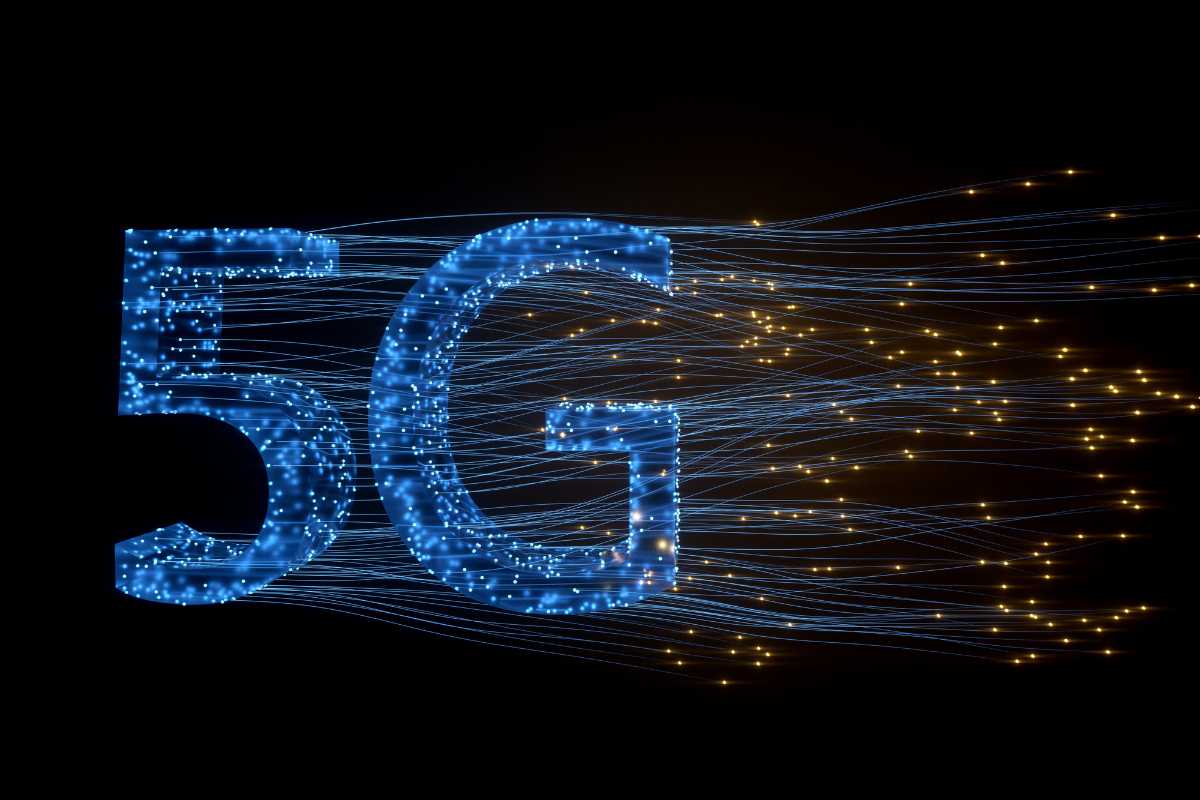Reliance Jio, Bharti Airtel and Vodafone Idea (Vi), the three leading private telecom operators, will have a big question to address in the near future. It is how to offer 5G services and how to differentiate network services for regular consumers between 4G and 5G. There’s no doubt that normal consumers won’t have a very high demand for 5G network services if they have access to good 4G networks. Thus, the challenge for the operators will be to create a demand for 5G networks amongst regular customers. A thing worth noting here is that it won’t even be a marketing play. It just can’t be marketing in any scenario. For example - only marketing can’t push people into buying a Ferrari when the people know they have a limited budget and can easily travel in a Ford car comfortably. Further, how will a telecom operator even market 5G services directly to consumers if most of the use cases they have developed are meant for enterprises? While enterprises will have a clear inkling to consume 5G network services, the same can’t be said for an average consumer. Most of the network use cases found in trials so far suggest that the enterprises will benefit the most out of 5G. Thus, how will the private operators motivate their 4G users to go and pay more for 5G services? Here’s what I think is going to happen.
Telcos Will Bump 4G Services Price and Keep It Closer to What 5G Will Cost to Get Advantage from Decoy Effect
The telecom operators are currently a little far from launching 5G services nationwide for normal consumers. Initially, it will be select metro cities that will get to see 5G networks. It also makes sense as these cities will have most of the enterprises, multinational companies (MNCs), startups, and people with 5G smartphones. One thing that’s a very big positive for the telecom operators with 5G is that they have a ready market to serve. With 4G, telcos first had to build and invest in 4G networks, then wait for people to upgrade to 4G devices, and then be able to make returns. But this time around, even when there’s no 5G network, telcos have a market base that already has 5G smartphones in their hands. However, it isn’t alone going to push people to keep paying more for 5G services if they can live their life comfortably by paying less for 4G networks. Thus, one way to address the issue for the telecom operators would be to keep hiking the prices of 4G services for direct consumers. The medium-term goal would be to bring the price of 4G closer to what people would have to pay for 5G. This might potentially get people to think — if just for a few extra Rupees I can get 5G plans, why should I go for 4G? In this scenario, the telcos will be able to get the most out of their 4G investments and increase the average revenue per user (ARPU) figure and also push a significant number of people to consume 5G services and pay even more for it. This is what McDonald’s does with its medium and large meals. There’s hardly a price difference between medium and large meals in India. Thus, instead of going for the medium meals, people mostly go for the large meals. The ‘Decoy Effect’ is offering multiple services and pricing the cheaper service close to the premium service where the person purchasing the cheaper service has to question himself that why not pay a little more and get premium service. This is just one of the scenarios that I think is going to happen. Then, of course, there will be marketing dollars into play and more things. Even the arrival of 5G is going to bring in the scope of more heavy data consumer applications. But all of it is going to take some time as the ecosystem is just in the building phase.
